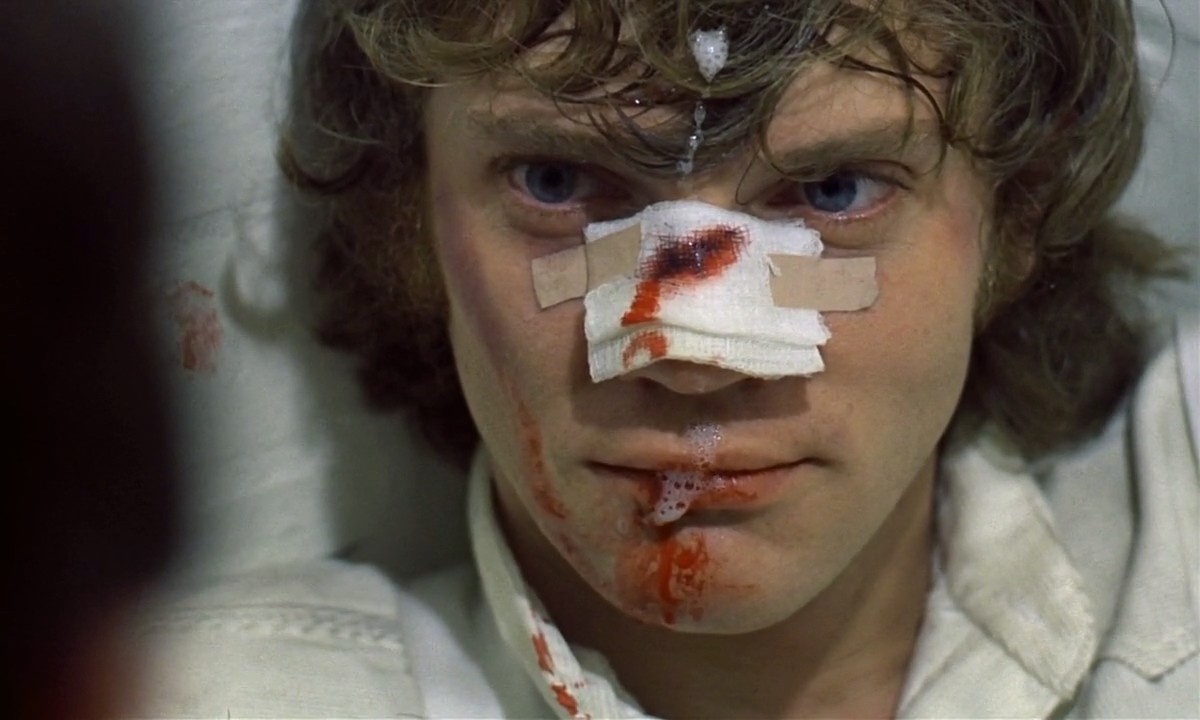
Youth Run Amok films became popular in the 1940’s and 1950’s with a series of narrative films focusing on the teenage dilemma in America; such titles as Delinquent Daughters(1944), Mad Youth (1940), and Assassin of Youth (1937) focused on the problems of teenager’s rebelling against the world through underage sexuality, drinking, alcohol and fast cars.
Sometimes known as J.D. films or Juvenile Delinquent films, these films offer up heavy handed advice meant to calm the disruptive influences embraced by the younger generation. Suddenly Rock and Roll, Crime, and Sex were major influences and Hollywood, seeing a sure thing, responded by giving paying audiences plenty of action and food for thought.
Here we are, in the 21st Century, and it looks like not much has changed. Offered up for your approval is my top twenty list of Youth Run Amok films.
1. Rebel without a Cause (1955, Nicholas Ray)
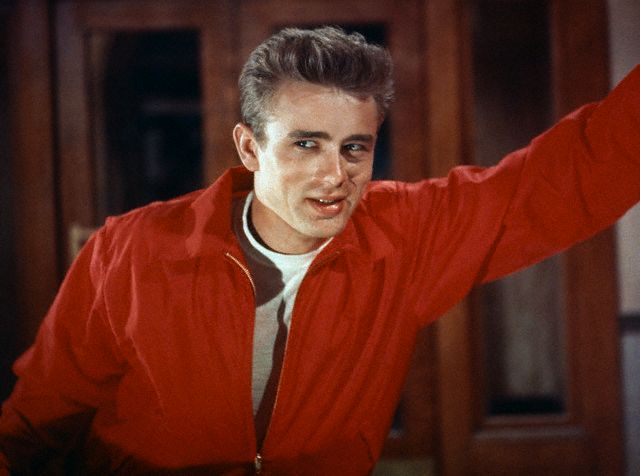
Long considered a classic of the genre and historically notable for starring three Hollywood up and coming stars, Rebel without a Cause is the great grand-daddy of Youth films.
James Dean, already dead from a car crash before this film was premiered, was Jim Stark, an alienated and confused teen with a great head of hair and a striking red jacket. His parents are driving him crazy with their endless arguments and he is the new kid in school, but he meets steamy Natalie Wood and equally estranged Sal Mineo at the police station, where all three have been brought in for various offenses.
Set a little over 24 hours, this tense tale of youth struggling with their identities in the uncaring environment of Los Angeles, director Ray created a telling portrait of misunderstood youth.
Dean became the poster boy of angst and all three stars ended up dying relatively young; Dean at 24 from a tragic car accident, Wood at 43 from a mysterious drowning accident, and Mineo at 37 from a stabbing incident. The film was nominated for three Academy Awards nominations, but did not win any.
2. If…. (1968, Lindsay Anderson)
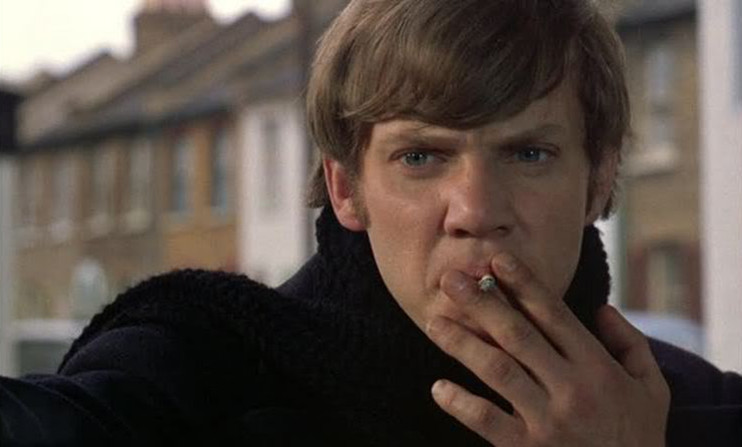
Filmed in 1968, If…. was based on screenwriter David Sherwin’s actual early school going experiences at the Tonbridge School in Kent. Three rebellious juniors are returning back to school with the main character Mick Travis, being portrayed by Malcolm McDowell. The basic premise is that our trio of anti-heroes are sick of the bullying and one-upmanship from both the staff and the elder classmen and they plan an insurgent incident on Founders Day that results in significant bloodshed by both sides.
McDowell was spied by Stanley Kubrick and was cast in the upcoming A Clockwork Orange. Noted director Nicholas Ray was considered as a possible director, but he suffered from a nervous breakdown and could not commit.
Anderson would go on to direct McDowell in two more great films: O Lucky Man (1973) and Britannia Hospital (1982). The film features some surreal scenes that were shot in Black and White to stress the roles of fantasy and reality. An incredibly influential film on an entire generation of filmmakers, this film was years ahead of the horrid reality of the Columbine Shootings.
3. A Clockwork Orange (1971, Stanley Kubrick)
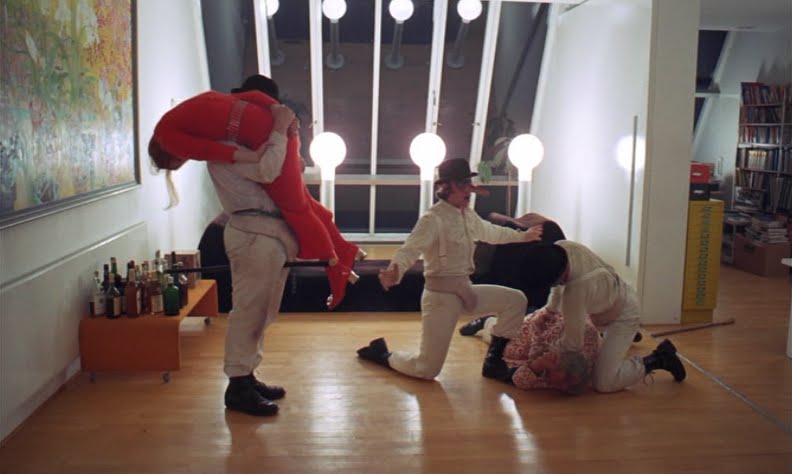
Based on novelist Antony Burgess’ book, A Clockwork Orange is set in an undated future England where we are introduced to Alex DeLarge (Malcolm McDowell) and his gang of droogs, Pete, Georgie and Dim; they are sitting in the Korova Milk Bar, a futuristic saloon where you can get Milk Plus, a milk beverage with drugs in it to “ready you for the old ultraviolence.”
Alex speaks in Nadsat, a language that Burgess created that involves a lexicon of street English, phonetically pronounced Russian and rhyming slang; this all adds to the “otherness” of the film and allows Alex to be the narrator of the film. Essentially Alex is a young hoodlum that enjoys committing crimes and the music of Ludwig Von Beethoven, but when he is apprehended for a murder that he committed, he is sentenced to a 14 year term in prison.
While in jail he learns of an experimental treatment for violent offenders called “the Ludovico Procedure”, a basic form of aversion therapy to curb his thirst for violence and sex. After being treated to a series of shock treatments while being subjected to a steady array of violent and sexual imagery, Alex finds himself reformed and released from prison.
Now cured, Alex is rather helpless against any personal attacks (his pals Georgie and Dim are now on the police force and they seek revenge on Alex after his harsh treatment to them); it seems that the shoe is on the other foot as the predator becomes the prey as Alex cannot defend himself or enjoy the sounds of Ludwig Von. This film is easily regarded as Kubrick’s masterpiece and lends itself to multiple viewings.
4. Over the Edge (1979, Jonathan Kaplan)
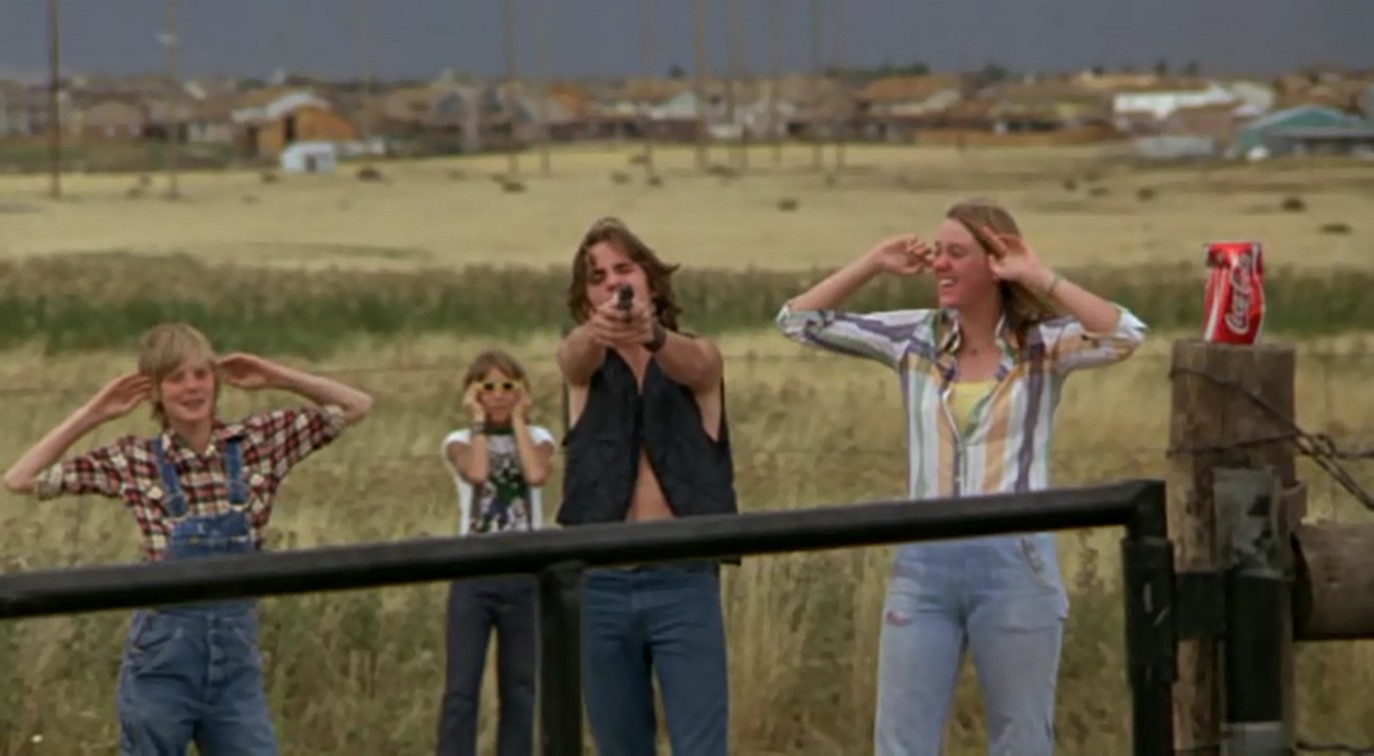
This film still has a resounding impact today; based on a true life newspaper account and written by future filmmaker Tim Hunter, Over the Edge is an examination of several teens as they grow up in the suburbs of California, complete with all the decadence of sexual conquest, drugs and alcohol and the ever present Cheap Trick on the soundtrack. This film launched the career of both Matt Dillon and Vincent Spano, but the majority of the actors were unknowns.
Based on an San Francisco Chronicle article entitled “Mousepacks: Kids on a Crime Spree” by Bruce Koon and James A. Finefrock, the film shows the effects of boredom on a group of suburban kids that are essentially spoiled and under supervised as the film careens to a final night of thieving and destruction that lands all but three of the youngsters in Juvenile Detention.
The scene where the teens take turns shooting a stolen pistol and then point it at one another is still chilling. The majority of the adults in the film come across as chumps, while the kid’s rebel and get high, winning our hearts and sympathy. The soundtrack is excellent, and this film was said to have been a huge influence on Nirvana lead singer Kurt Cobain. What better recommendation is there than that?
5. Warriors (1979, Walter Hill)
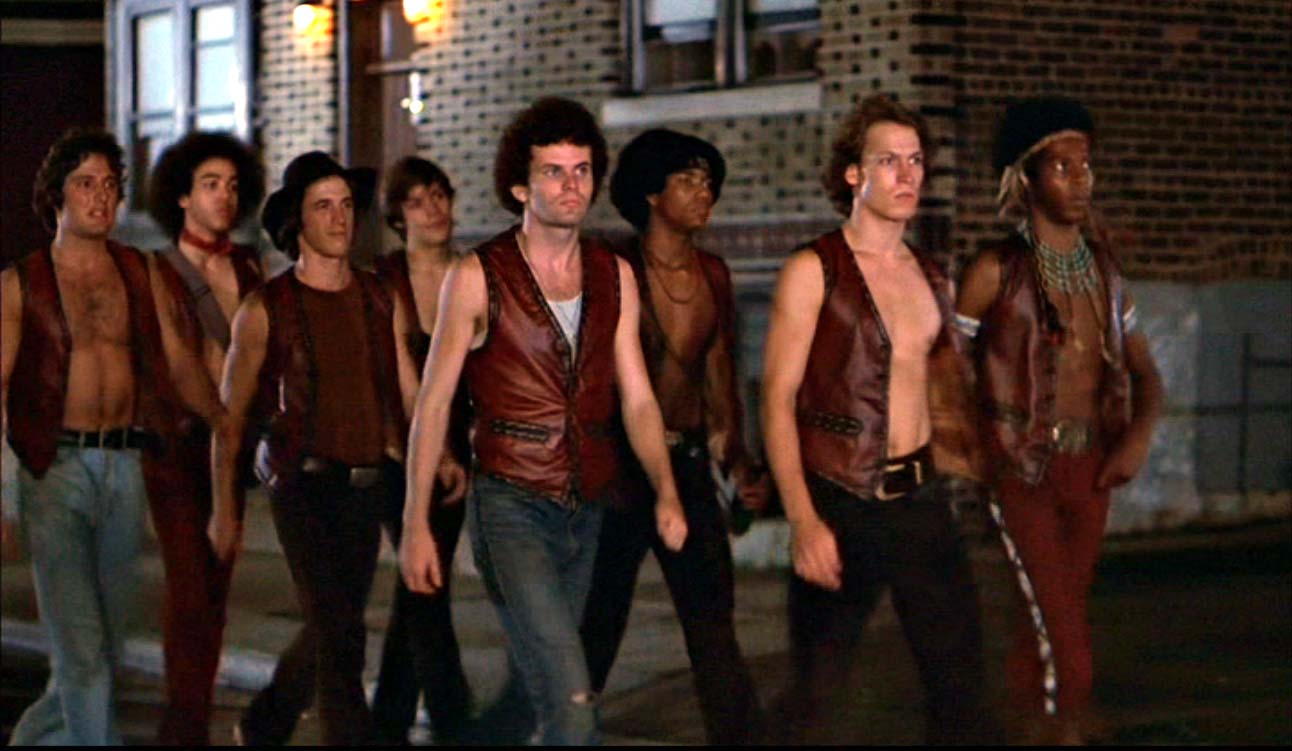
“Warriors, come out and play, warriors, come out and play-ee-ay.” David Patrick Kelly, leader of The Rogues, as he bangs three broken coke bottles together on his fingers.
The setting is a midnight meeting of all the gangs in New York City at Van Cortlandt Park where Cyrus, leader of The Gramercy Riffs, proposes a unification of all gangs with the overriding consideration of taking over the city, but this plan is cut short as Luther shoots Cyrus, and then blames the killing on The Warriors.
Suddenly it is no sleep until Coney Island as our shirtless leather vested heroes have to make their way back home without being killed or maimed. More a video game with some ridiculous looking groups (what is up with The Hi-Hats and the mime look?), this cult film caused a furor of teen rioting when it opened, but Paramount allowed theatre booking agents out of their contracts when the crowds went nuts. It is deemed a classic by some, with Paramount releasing a Director’s Cut Blu-Ray in July 2007. For purists only.
6. Quadrophenia (Franc Roddam, 1979)
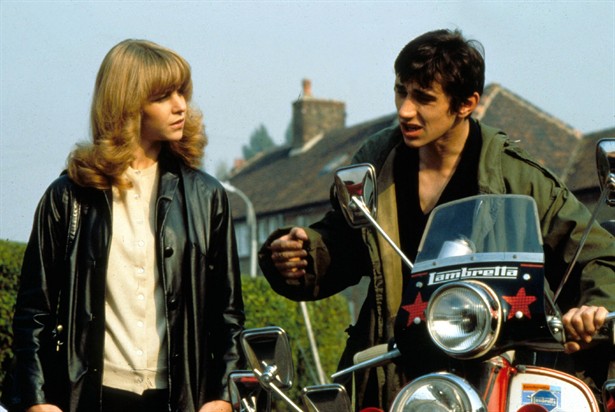
“Gritty and ragged” according to the Times Janet Maslin at the time of its release, Quadrophenia is based on the rock opera recording by The Who. It is 1965 in London and the main character Jimmy, faces a question of identity; who is he really? Jimmy hates his dead-end job, his restricted middle class parents and their rules, mostly everything, but come night time, things change.
Out with his pals and hopped up on amphetamine , dancing to music by The Who and The High Numbers, riding his tricked out scooter, Jimmy feels like himself, but how long will it last? Like in The Warriors, rival groups, The Mods face off against The Rockers, at the Brighton Scooter Run.
Will Jimmy’s Vespa riding hero, ‘Ace Face'(Sting) come out on top? And what about love interest Steph; what will happen with her? In the bitter end, reality rudely intrudes, and Jimmy’s fantasy life style is smashed like Ace’s stolen scooter off of Beachy Head.
This was Roddam’s directorial debut and he would go on to direct The Lords of Discipline (1983) and The Bride with Sting again in 1985. Mods vs Rockers, class struggle vs personal identity, the struggle goes on and on.